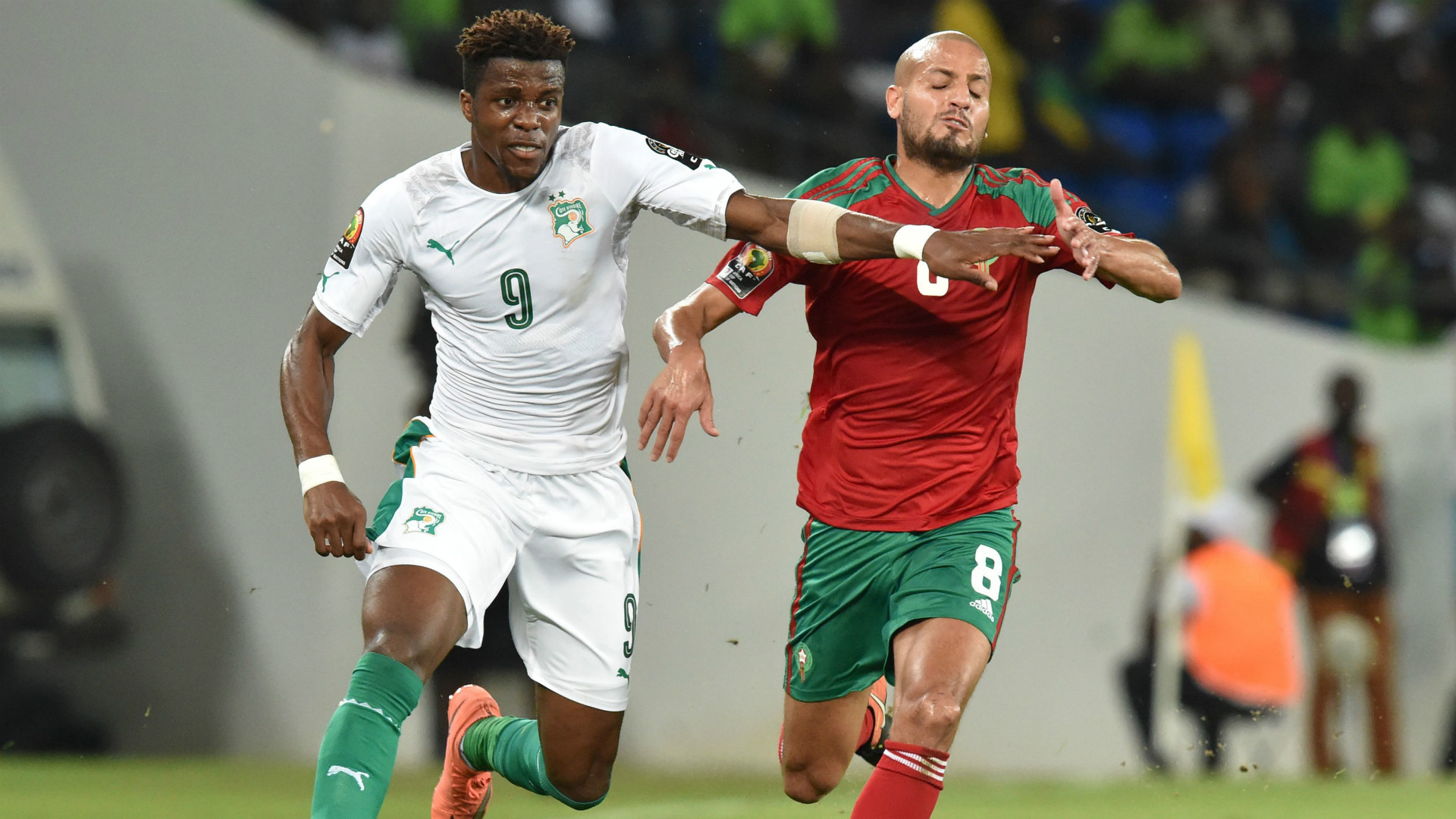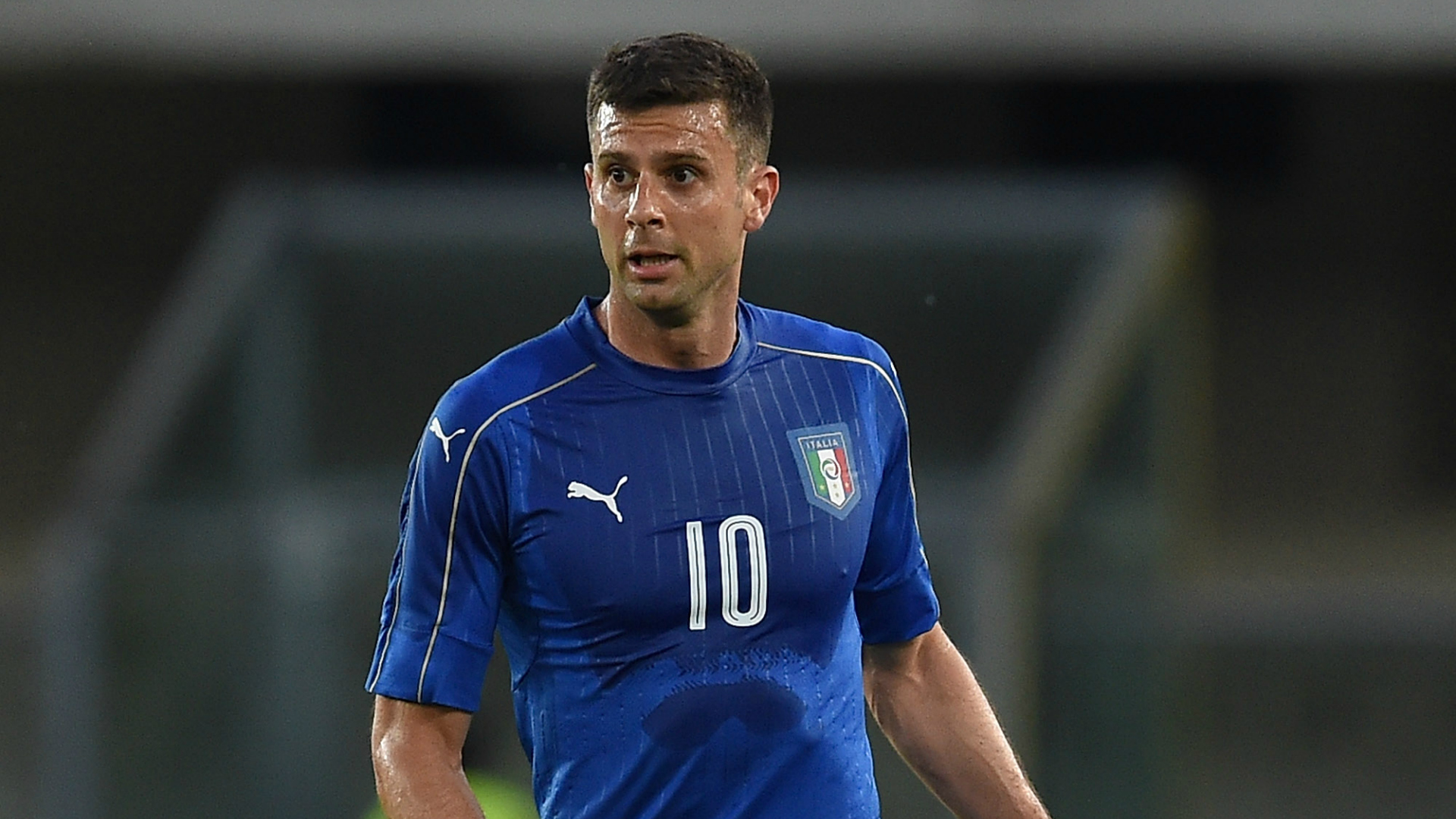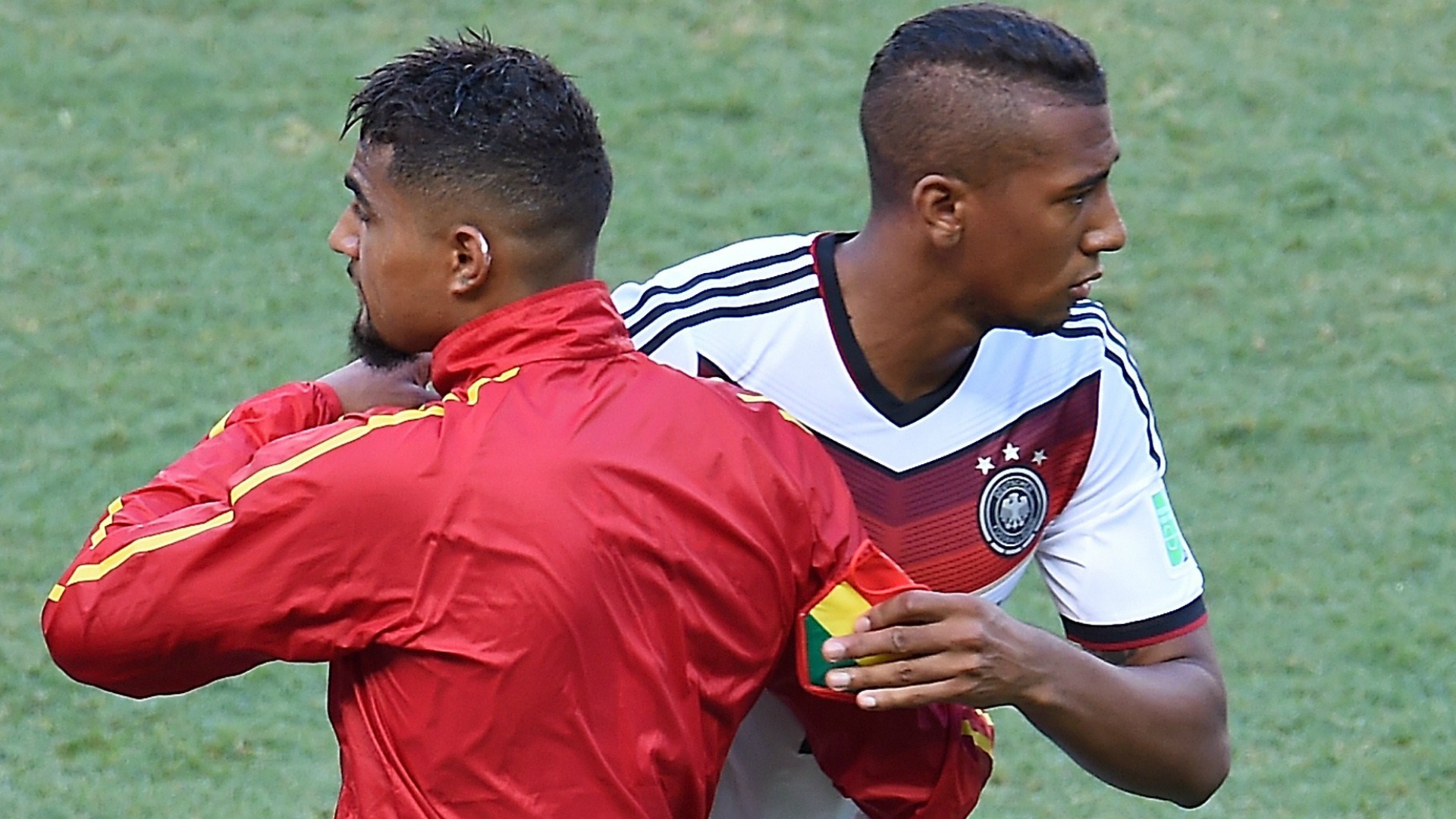FIFA national team eligibility has become something of a talking point in recent years as players exercise their right to change the association for which they play.
There have been many high-profile examples of players who have switched to one association after coming through the ranks of another.
In some cases, players have even lined out for a national team at senior level before deciding to move to another, infuriating and frustrating some fans in the process.
It is a feature of modern-day football, but the rules governing the issue can be quite confusing. Luckily, I am here to break it down for you.
Contents
1. What are the rules?
2. How can a player switch teams?
3. Players who have switched
4. What is the 'Granny Rule'?
2. How can a player switch teams?
3. Players who have switched
4. What is the 'Granny Rule'?
What are the FIFA eligibility rules for national teams?
The rules for national team eligibility are clearly laid out in FIFA's statutes. Specifically, Articles 5-8 of the Regulations Governing the Application of the Statutes are concerned with the topic.
Principle of national team eligibility
The general principle, in Article 5.1, states: "Any person holding a permanent nationality that is not dependent on residence in a certain country is eligible to play for the representative teams of the association of that country."
Article 5.2 adds that: "...any player who has already participated in a match (either in full or in part) in an official competition of any category or any type of football for one association may not play an international match for a representative team of another association."
However, it must be noted that there is an exception - explained in Article 8 (see next section), which allows certain players to change association - stick with us.
Nationalities that cover multiple national teams
Some nationalities can, theoretically, permit a player to play for more than one representative association. For example, in the United Kingdom there are four 'home nations' - England, Scotland, Wales and Northern Ireland - but only one nationality applies to those teams: British.
There are a number of nationalities that cover more than one national team, some of which you can see in the table below.
| Nationality | National teams |
|---|---|
| American | United States, American Samoa, Guam, U.S. Virgin Islands, Puerto Rico |
| British | England, Northern Ireland, Scotland, Wales, Anguilla, Bermuda, British Virgin Islands, Cayman Islands, Gibraltar, Montserrat, Turks and Caicos Islands |
| Chinese | China PR, Hong Kong, Macau |
| Danish | Denmark, Faroe Islands |
| French | France, Gaudeloupe, Reunion, Tahiti |
| Dutch | Netherlands, Aruba, Curacao |
| New Zealander | New Zealand, Cook Islands |
However, if you have one of these nationalities, it is not simply a case of being able to pick and choose which team you wish to play for; a player must meet certain criteria. Article 6 deals with such cases as follows:
"A player who, under the terms of art. 5, is eligible to represent more than one association on account of his nationality, may play in an international match for one of these associations only if, in addition to having the relevant nationality, he fulfils at least one of the following conditions:
a) He was born on the territory of the relevant association;
b) His biological mother or biological father was born on the territory of the relevant association;
c) His grandmother or grandfather was born on the territory of the relevant association;
d) He has lived continuously on the territory of the relevant association for at least two years."
a) He was born on the territory of the relevant association;
b) His biological mother or biological father was born on the territory of the relevant association;
c) His grandmother or grandfather was born on the territory of the relevant association;
d) He has lived continuously on the territory of the relevant association for at least two years."
As you can see from Article 6.1, a player must either be born in a country, have biological ties to the country or have lived in the country for a certain period of time.
Interestingly, Article 6.2 states that: "...associations sharing a common nationality may make an agreement under which item (d) of par. 1 of this article is deleted completely or amended to specify a longer time limit. Such agreements shall be lodged with and approved by the Council." The four British 'home nations' have recently opted to delete this item.
Assuming a new nationality
Article 7 deals with players who assume a new nationality in order to play for a national team and it uses the mostly the same criteria as Article 6.1, with only item (d) differing. In Article 7, the condition in item (d) says that a player will be eligible to play for a representative team if he has "lived continuously for at least five years after reaching the age of 18 on the territory of the relevant association."
How to switch national teams

If a player wishes to change national teams, they must observe Article 8 of the Regulations. Only players who have: more than one nationality; acquired a new nationality; or are eligible to represent more than one association due to their nationality can change national team.
Article 8.1. explains that such individuals may "only once" request to change their national team association, subject to the following conditions:
"a) He has not played a match (either in full or in part) in an official competition at “A” international level for his current association, and at the time of his first full or partial appearance in an international match in an official competition for his current association, he already had the nationality of the representative team for which he wishes to play.
b) He is not permitted to play for his new association in any competition in which he has already played for his previous association."
"a) He has not played a match (either in full or in part) in an official competition at “A” international level for his current association, and at the time of his first full or partial appearance in an international match in an official competition for his current association, he already had the nationality of the representative team for which he wishes to play.
b) He is not permitted to play for his new association in any competition in which he has already played for his previous association."
In short, that means a change cannot occur if a player has been capped at senior international level in a competitive international match, such as a World Cup qualifier. Senior friendlies, therefore, are not deemed sufficient to tie a player to an association.
In order to make a change of association, a player must "submit a written, substantiated request" to the FIFA general secretariat and the governing body's Players Status Committee make a decision on that request. Once a request has been filed, a player is not eligible to play for any national team until all the paperwork has been processed.
Per Article 8.2, in the exceptional circumstance of a player, who has played for a national team, permanently losing his nationality without his consent or against his will, a request can be made to change association to another association for which he has nationality. An example of where this may apply is the break-up of a previously united, singular state.
What players have switched national teams?

The practice of playing for more than one national team has been in operation for decades, but FIFA have sought to make it more structured in recent years, thus minimising the risk of cynical exploitation.
Some of the most famous players in the history of football have donned the colours of a number of different national teams. Alfredo di Stefano, famously, played for Argentina, Colombia and Spain, while Ferenc Puskas represented both Hungary and Spain.
More recently, Diego Costa's switch from Brazil to Spain caused a stir, while England were left reeling when they lost Wilfried Zaha to Ivory Coast.
The table below shows a collection of modern-day players who have played for one association (sometimes at senior level) before switching to another association.
| Player | Original association | Switched to |
|---|---|---|
| Kevin Prince Boateng | Germany | Ghana |
| Nacer Chadli | Morocco | Belgium |
| Diego Costa | Brazil | Spain |
| Faouzi Ghoulam | France | Algeria |
| Jonathan Gonzalez | USA | Mexico |
| Jack Grealish | Republic of Ireland | England |
| James McClean | Northern Ireland | Republic of Ireland |
| Thiago Motta | Brazil | Italy |
| Taulant Xhaka | Switzerland | Albania |
| Wilfried Zaha | England | Ivory Coast |

Interestingly, there are examples of brothers from the same family lining out for different national teams.
Jerome Boateng (Germany) and Kevin Prince Boateng (Ghana) are one such pair. Arsenal midfielder Granit Xhaka plays for Switzerland and came up against his brother Taulant, who plays for Albania, at Euro 2016.
Given the nature of global society, there are lots of examples of players with more than one nationality and there are often debates in certain countries about who could have line out for them.
France's 1998 World Cup-winning team is often cited as an example of multiculturalism in football, with the likes of Patrick Vieira and Marcel Desailly born in Senegal and Ghana respectively, while Zinedine Zidane's parents emigrated to France from Algeria.
What is the 'Granny Rule'?
To be clear, there is no official rule in FIFA's statutes called the 'Granny Rule'.
The term is an informal reference to the parts of FIFA's regulations (Articles 6 and 7) which indicate that a player's ancestry (parents and grandparents) can potentially allow them to play for a national representative team.
It has been widely used in sports media and the term endures in the present day, but it is very much a colloquialism.
EmoticonEmoticon